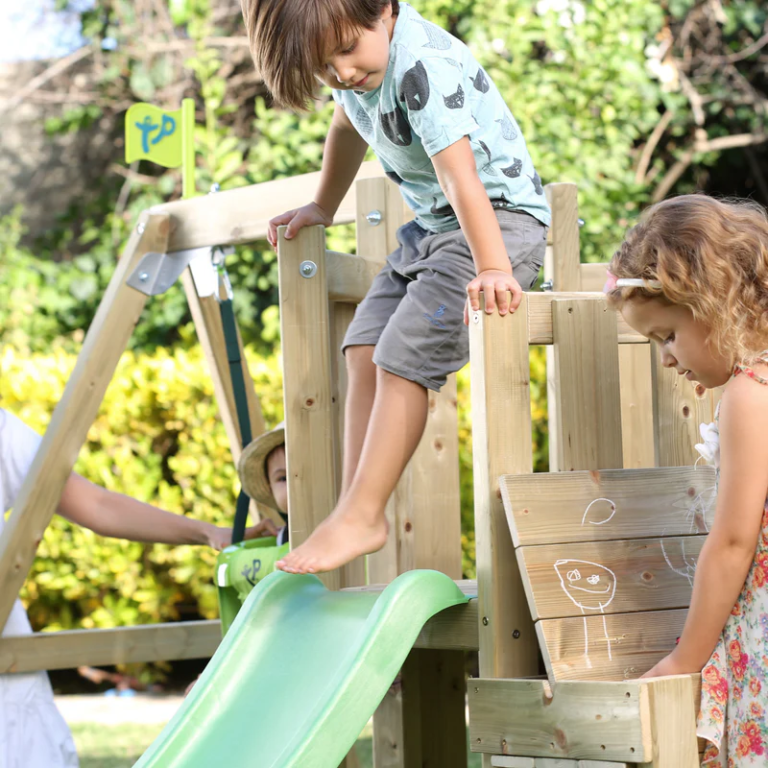In today’s fast-paced, tech-driven world, it’s easy for children to become accustomed to screens and complex gadgets. However, simple toys like wooden baby toys and other classic toys for toddlers remain crucial in early childhood development. Not only do these toys spark imagination and creativity, but they also promote critical thinking, problem-solving, and motor skills. As a parent, encouraging your child to enjoy these simple playthings can be an enriching experience for both of you. Here are some practical ways to excite simple toys and turn playtime into a fun bonding activity.
1. Rotate Toys to Maintain Interest
Children, especially toddlers, can lose interest in toys if they are overwhelmed with too many options. A great way to keep their interest piqued is by rotating toys. For instance, if your child has a variety of wooden baby toys, try putting a few away and leaving just a couple out for play. After a week or so, swap the toys for a new selection. This creates a sense of novelty, as your child will feel as though they are getting a new toy every time you rotate the collection.
This approach also teaches toddlers the value of their belongings, as they will appreciate their toys more when they aren’t always available. A few well-chosen toys for toddlers, like wooden blocks or a simple pull-along toy, can ignite their imagination in new ways every time they are reintroduced.
2. Incorporate Storytelling
Combining simple toys with storytelling is one of the best ways to make them more exciting. When playing with wooden baby toys, for example, you can create characters, invent scenarios, and weave a story that captivates your child’s imagination. This could be as simple as imagining a wooden train set travelling through different lands or using wooden animals to create a jungle adventure.
The joy of storytelling is that it makes the toys come alive in your child’s mind. They begin to see these simple objects as part of a larger narrative, fostering creativity and engagement. As a bonus, storytelling promotes language development and helps children learn new words and concepts.
3. Join in the Play
Children love it when their parents get involved in their playtime. By engaging in play with your child, you show them that even the simplest toys for toddlers can offer fun and exciting experiences. Play along with their wooden baby toys, demonstrating different ways to use them, but also follow your child’s lead. Let them guide the direction of the play, which empowers them and boosts their confidence.
Playing together also offers a valuable opportunity for bonding, building stronger connections between parent and child. It’s an easy way to make even the most basic toys more thrilling while also ensuring quality time together.
4. Create Challenges or Games
Toddlers enjoy challenges, and simple games can turn everyday toys into thrilling activities. With wooden toys, you can create fun challenges, such as building the tallest tower using blocks or creating a race track for toy cars. You can also introduce sorting and counting games that encourage your child to group their toys by shape, size, or colour.
For example, you could challenge your child to line up their wooden animal toys in order of size or count how many different animals they have. These games not only add excitement to the play but also help with cognitive development, particularly in areas like problem-solving and coordination.
5. Encourage Open-Ended Play
One of the greatest strengths of simple toys, especially wooden baby toys, is their potential for open-ended play. Unlike many high-tech toys that dictate their use, wooden toys leave plenty of room for creativity. Encouraging open-ended play allows your child to use the toys in various ways, exploring new possibilities each time they play.
For example, a set of wooden blocks can be used to build a house one day, a bridge the next, and maybe even an imaginary city another time. This type of play helps children develop their creativity and critical thinking skills as they learn to think outside the box and develop their own ideas.
6. Integrate Real-World Activities
Simple toys can also be integrated into everyday activities to make them even more engaging. You can involve wooden baby toys in your daily routine – such as using toy food and wooden kitchen sets to ‘help’ with cooking or wooden vehicles when discussing travel. Children love to mimic adult behaviours, and by allowing them to incorporate their toys into real-life scenarios, you are making playtime more interactive and exciting.



